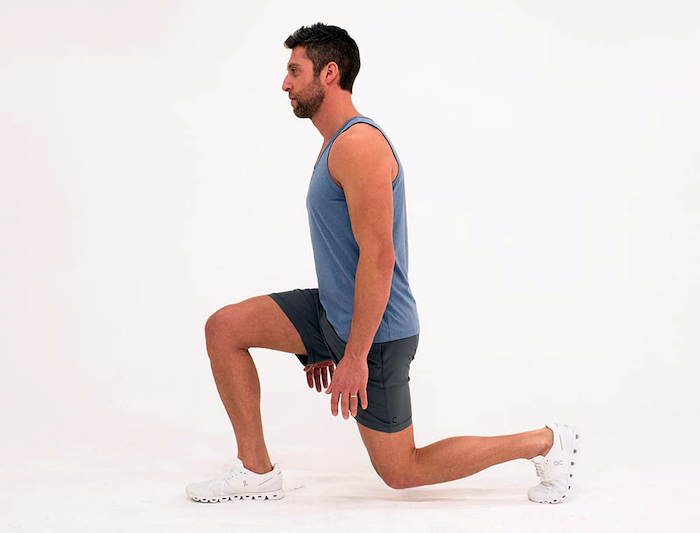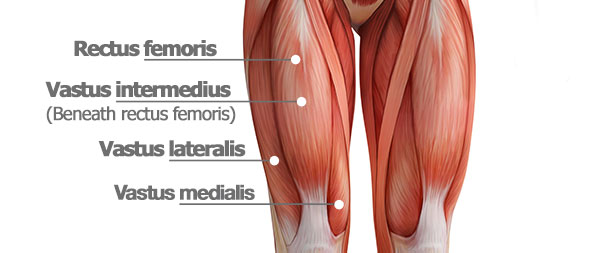Lunges beef up any workout routine with many variations — side lunges, forward lunges, jumping lunges, reverse lunges, and curtsy lunges.
With so many lunge options, how do you know where to start? Simple: Choose a lunge option that is easy to perform and safe on your joints like the static lunge.
Build up your leg and butt muscles when you do the static lunge with proper form. Read on for form tips.
What Is a Static Lunge?
A static lunge is a great place to start to understand the proper form of a lunge. During this exercise, your feet don’t move; they stay in the same spot until you switch legs entirely.
When you can hold the static lunge with proper form, consider adding weights.
If you’re using free weights, hold them in your hands on either side of your hips. If you’re using a medicine ball, hug it between your hands at chest height.
We recommend starting with a lower weight (five to 10 pounds) and working up as you build strength.
“Always add [weight] carefully and slowly to encourage correct form while adding intensity,” says Jesse Levy, NASM-CPT, a partner trainer and area director for Camp Gladiator.
Static Lunge: Step-by-Step Instructions
- Stack your shoulders over your hips, engage your core, and gaze straight ahead.
- Step your right foot directly forward. Lengthen your stance and bend both of your knees to 90 degrees. Track your front knee over your ankle to protect your joints. Levy mentions that if you improperly add stress on areas of the body that are not intended to have pressure, short term or long term injuries on your knees, ankles, and other areas can occur. So, keep your knees over your toes.
- As you lower your back knee toward the floor, your back heel will lift. Align your heel over the ball mount of your foot.
- Lunge as low as you can with proper form. Using your left leg, push off your foot to stand back up with straight legs; keep your feet in the split-stance. That’s one rep.
- Repeat steps and switch sides.
What Muscles Do Static Lunges Work?
Adding lunges to your weekly workout routine is an efficient way to build up your lower body muscles. They work your:
- Quads, which extend your knee and control the flexing of your knee joint throughout the move.
- Hamstrings/Calves: The hamstrings assist in extending the hip, and the calves keep the ankle joint stable.
- Glutes, which work to build strength in your hips and butt. The glutes extend your hips and control the tracking of the knees.
- Core/Lower Back Muscles, which act as stabilizers during a lunge.
It’s mind-boggling that a simple exercise like the static lunge engages so many muscles at once. You will reap the benefits of the static lunge when you do it on the reg.
The post Static Lunges Are Simple, Yet Effective — Here’s How to Do Them appeared first on The Beachbody Blog.



0 Comments